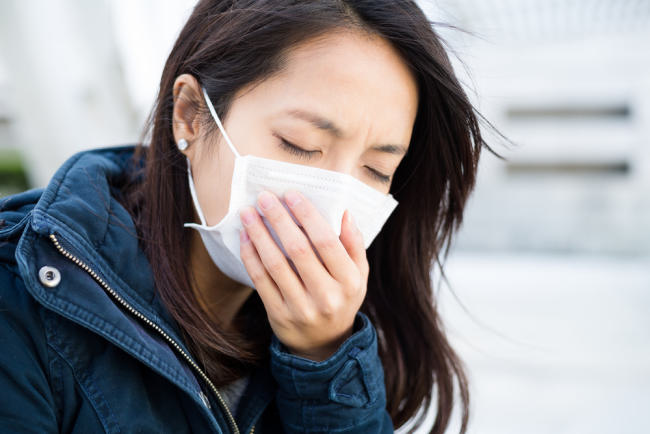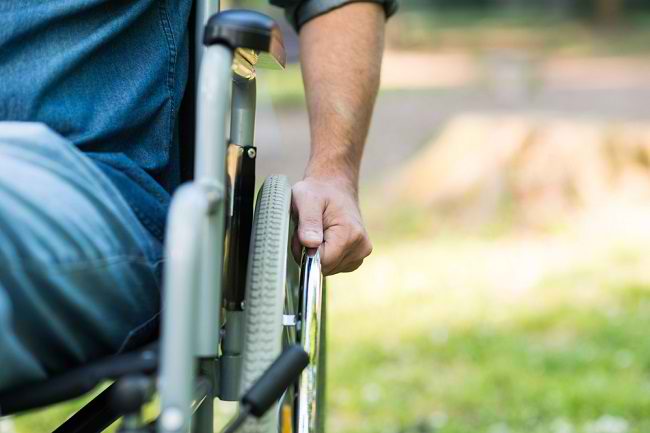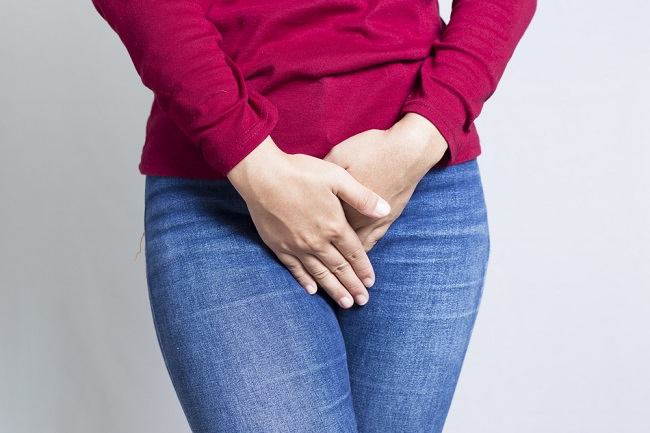Raloxifen is a drug used to prevent and treat osteoporosis in postmenopausal women. Raloxifen is also known to reduce the risk of developing breast cancer which is prone to appear after menopause. However, this drug cannot treat breast cancer.
Raloxifen is included in the type of drug selective estrogen receptor modulator (SERMs). To treat osteoporosis, raloxifen works by mimicking the effects of estrogen, a female hormone produced by the body.

This drug will slow down the process of reducing bone mass, so that bone strength is maintained and the risk of fractures can be reduced.
Raloxifen trademark:Evista
What is Raloxifen
| group | Prescription drugs |
| Category | Selective estrogen receptor modulators (SERMs) |
| Benefit | Prevent or treat osteoporosis in postmenopausal women |
| Consumed by | Mature |
| Raloxifen for pregnant and lactating women | Category X:Studies in experimental animals and humans have demonstrated fetal abnormalities or a risk to the fetus. Drugs in this category should not be given to women who are or may become pregnant. It is not known whether raloxifen is absorbed into breast milk or not. If you are breastfeeding, do not use this medicine without consulting your doctor first. |
| Drug form | Tablet |
Precautions Before Taking Raloxifen
Before taking this drug, you need to pay attention to the following:
- Do not take raloxifen if you are allergic to this drug. Tell your doctor about any allergies you have.
- Do not give raloxifen to men or women who have not yet entered menopause. This medicine should not be given to women of childbearing age who are pregnant or planning a pregnancy.
- Tell your doctor if you have or have had high blood pressure, congestive heart failure, heart rhythm disturbances, liver disease, kidney disease, endometriosis, stroke, deep vein thrombosis, retinal embolism, pulmonary embolism, tumors, or cancer, especially breast cancer.
- Tell your doctor if you are on treatment with certain estrogens, supplements, or herbal products.
- Tell your doctor if you smoke or have high triglycerides.
- Tell your doctor if you are taking raloxifen before having surgery. Your doctor may advise you to stop taking raloxifen at least 3 days before the surgical procedure.
- See your doctor right away if you have an allergic drug reaction, serious side effect, or overdose after taking raloxifen.
Dosage and Rules for Use of Raloxifen
The dose of raloxifen will be given by the doctor according to the patient's condition. In general, to treat and prevent osteoporosis in postmenopausal women, the dose is 60 mg, once daily.
How to Take Raloxifen Correctly
Follow the doctor's advice and read the information listed on the drug packaging label before taking raloxifen. Do not reduce or increase the dose without consulting your doctor first.
Raloxifen can be taken before or after meals. Swallow the tablet whole with the help of a glass of water. Do not chew or crush the tablet.
Try to eat raloxifen at the same time every day for maximum treatment. Keep taking this medicine if you feel well. Do not stop taking this medication without consulting your doctor.
During treatment with raloxifen, your doctor will ask you to do regular breast exams, mammography, and blood tests. Follow the examination schedule determined by the doctor.
To prevent the occurrence or worsening of osteoporosis, your doctor will advise you to stop smoking, limit alcohol consumption, and exercise regularly.
Make sure you are taking enough calcium and vitamin D while taking raloxifen. Your doctor will tell you the source of the nutrient or the number of supplements you should take.
If you are traveling or on a long-haul flight while taking raloxifen, try to move and stretch your legs regularly to prevent blood clots from forming.
If you forget to take raloxifen, do it immediately if the break with the next consumption schedule is not too close. If it is close, ignore it and do not double the dose.
Store raloxifen at room temperature and away from direct sunlight. Keep this medicine out of reach of children.
Interactions of Raloxifen with Other Drugs
The following are the effects of drug interactions that may occur if raloxifen is used together with other drugs:
- Decreased levels and effectiveness of raloxifen when used with cholestyramine
- Decreased effectiveness of warfarin
- Increased risk of blood clots that can block blood vessels and cause dangerous side effects when used with thalidomide, tranexamic acid, lenalidomide, carfilzomib, pomalidomide, or birth control pills
- Increased risk of developing inflammation of the pancreas (pancreatitis) when used with bexarotene
Side Effects and Dangers of Raloxifen
Side effects that may occur after taking raloxifen are:
- Nauseous
- Headache
- Diarrhea
- Warmth in the face, neck, or chest (flush)
- Muscle or joint pain
- leg cramps
- Sleep disturbance
- Swelling in the hands or feet
- Fever or chills
Consult a doctor if the side effects above do not subside immediately or are actually getting worse. You need to see a doctor immediately if you experience an allergic drug reaction or more serious side effects, such as:
- Swelling of the breasts or the appearance of other complaints in the breasts
- Stroke, which can be characterized by certain symptoms, such as severe headaches, blurred vision, loss of consciousness, or weakness on one side of the body
- Blood clots in the legs or arms, which can be characterized by certain symptoms, such as swelling, warmth, or redness in the arm or leg
- Blood clots in the lungs, which can be characterized by certain symptoms, such as chest pain, coughing up blood, or shortness of breath









